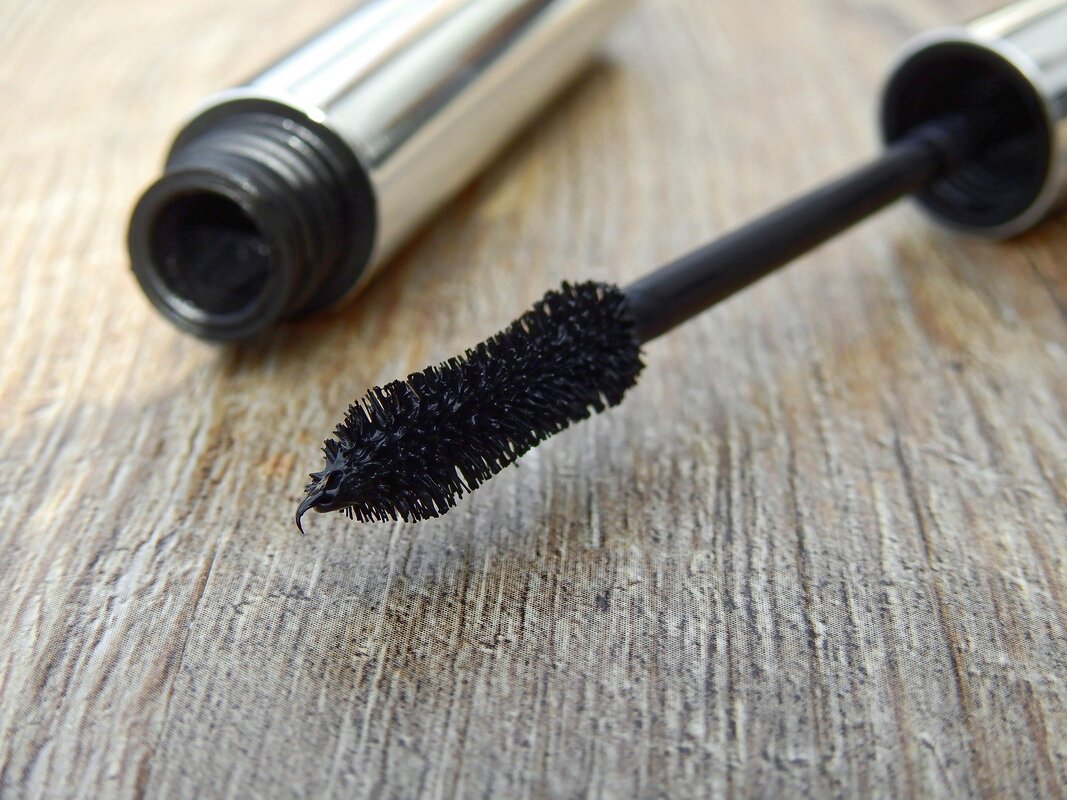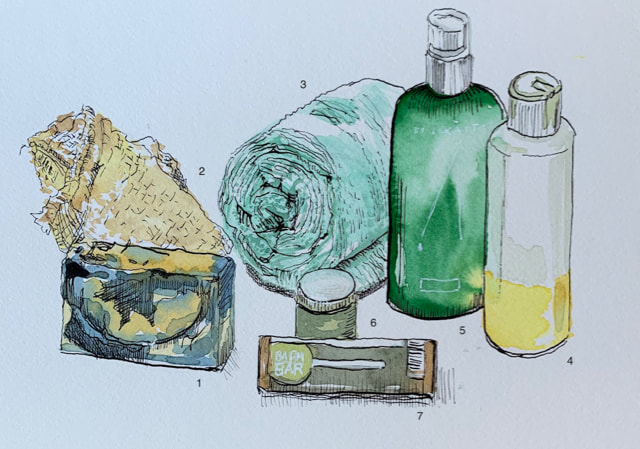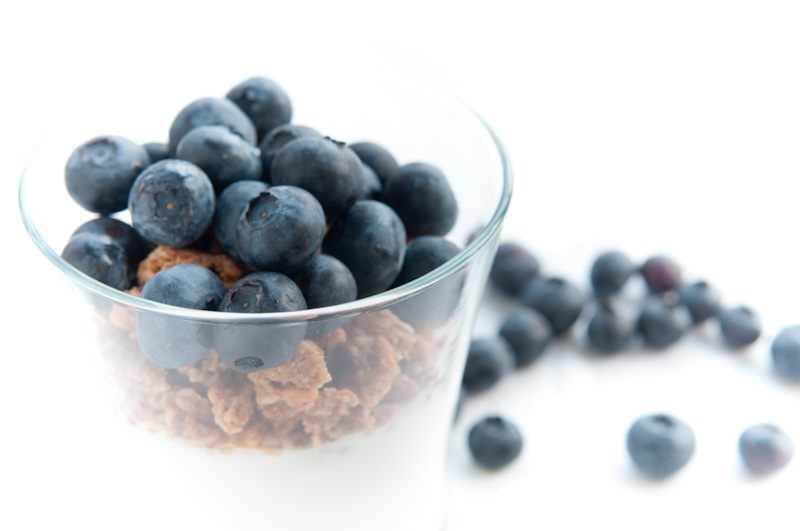|
It seems more and more of my clients and friends are developing sensitivities to eye color cosmetics, usually mascara and/or eyeliner. Have I found a mascara that is safe for all to use? No. Mascara has several problematic ingredients: shellac (maybe listed as polymer on label) in one study on contact dermatitis was found to be the key sensitizing ingredient. Another probable correlation exists with nickel allergy and mascara (and curlers). Nickel won't show up on the ingredient list because it results as an impurity in a raw material used to produce another ingredient. We know the thinner skin on our eyelids allows chemicals to go into the skin at a faster rate making contact dermatitis common around the eyes. This same article states that sweat allows chemicals to penetrate even easier. All mascaras have some kind of pigment, even the "natural" ones. That is how they darken your lashes so if you are sensitive to those you'll have a harder time. Then there is the possibility of reacting to the preservatives. Preservatives are crucial in a formulation like mascara, and even with them you need to pitch yours every three months.
Take homes: 1.) The more you use a product the higher the chance you will develop a sensitivity to it. This makes sense because you don't hear this as much with younger people. Do you really need to wear mascara every day? Definitely don't exercise/steam or sauna with it. Be sure to remove all of it every night. Don't be stubborn and rely on the old "I've always used this and it's always worked for me." Things change and YOU change. 2.) You won't find a mascara to move to just by shopping cleaner brands or reading labels. You'll have an easier time if you are a cosmetic chemist but most of us it will be trial and error--or trial and learn as my Dad says. Especially considering raw materials (the ingredients in the ingredients) can be big unknowns. I have an earlier post about the FDA's role in cosmetics. Use your best sleuthing skills. If you also react to your eyeliner or other product, see if you can find a common ingredient. Some brands have started carrying sample or travel sizes, so take advantage. 3.) Keep me posted on your trials. We can learn from each other and maybe (just maybe because we are all different) shortcut someone's tedious process. Meanwhile, if you can't go natural, curl those lashes to open up your eyes. If you have no nickel allergy use a metal crimper or try one of the heated models, like this one from blinc.
8 Comments
I love the simplicity of summer. Hair loosely fashioned on top of my head. A cute dress. No socks. Meals are easier; fruit and vegetables abound, my husband’s running the grill and if we have a late dinner it doesn’t feel like bedtime. I like my beauty routines to be simple as well. These are my favorite family skincare and first aid staples. All, except the hair towel, I retail.
Keep hearing about BB Creams? Another all-in-one product you can skip. Here is why: BB, short for blemish balm or beauty balm, creams are more similar to a tinted moisturizer than a true balm made from oil and wax. Which is to say it is another multiple-in-one product. Like other hybrids claiming to be an answer to layering separate products it may have ingredients that treat/moisturize/protect/conceal/illuminate but the presence of them all don't allow some to perform as intended.
I advise dividing skin products into two major groups. The first are ingredients to moisturize and treat. You can layer these one after the other; for example a facial oil followed by moisturizing gels, serums, lotions or creams. Then allow 10 minutes for absorption before using products from the second group; sunscreens and makeup. Group one products need to penetrate and reach deeper for best results, while group two are designed for the outermost layers of the skin. If they were combined, group two would keep group one from doing their job. So although the convenience sounds good, it is a little like expecting a parfait of yogurt, granola and fresh fruit to be as good mixed up, stored in the fridge and served tomorrow as it is layered immediately before eating. Note: If you like the look of a tinted moisturizer or BB cream, all is not lost when using them as your final layer. You still have gained the SPF, pigment (color) and the "finish" the product can offer. If further coverage is needed, just conceal and camouflage those areas. The look will still be overall more natural than using a high coverage foundation all over. Primers: BB creams, tinted moisturizers or mineral SPFs can act as light diffusing primers and generally contain less silicone then most conventional makeup primers. Silicones lend the slippery smooth feeling but can cause some skin types to become clogged. |
Author
Amy Linville is an artist and esthetician that believes simple, sustainable and non-rushed daily skincare and beauty rituals are the foundation for finding comfort in your skin and looks, no matter your age. Archives
April 2022
Categories
All
|




 RSS Feed
RSS Feed
